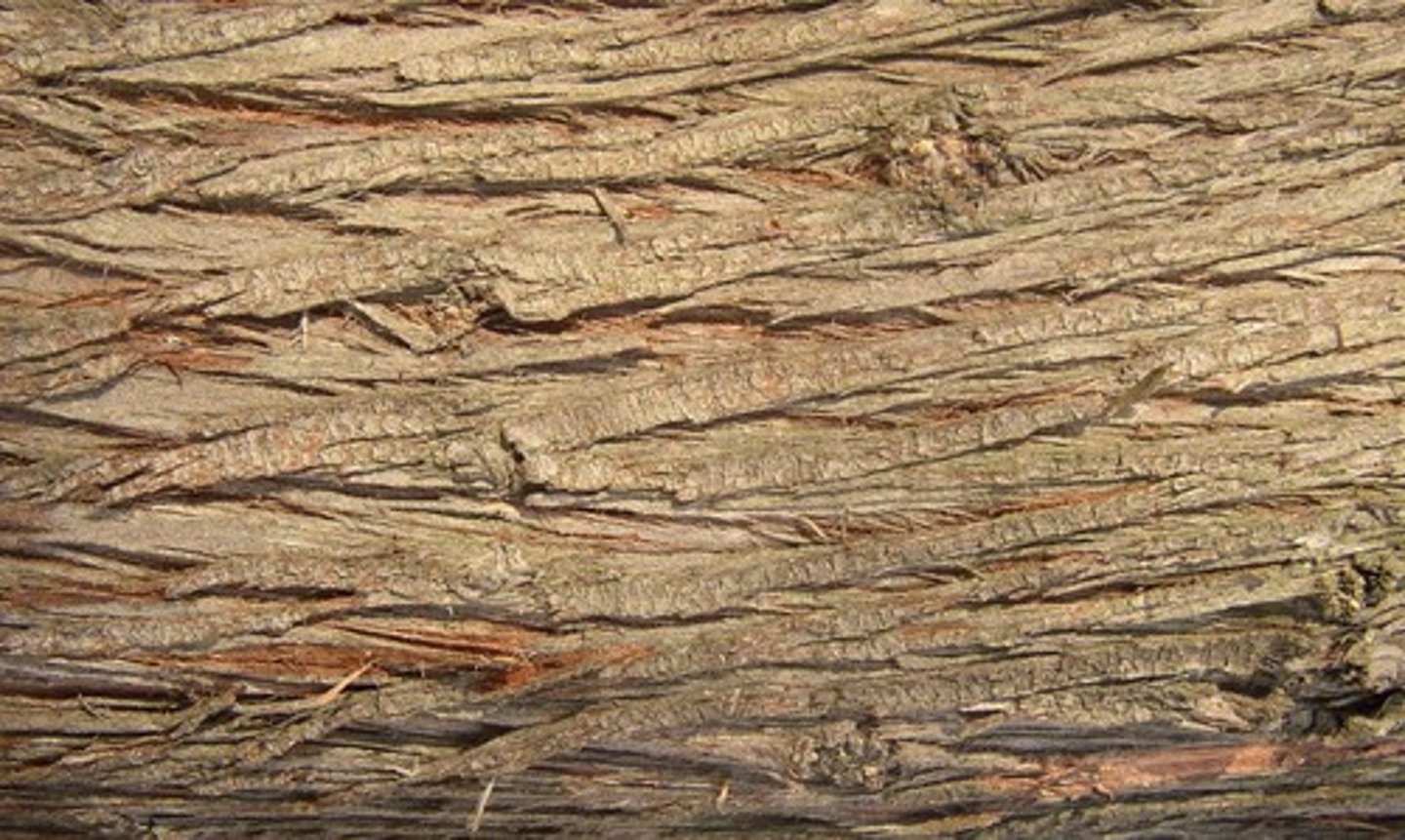Elements of Arts: Analyzing Visual and Auditory Components
1/29
There's no tags or description
Looks like no tags are added yet.
Name | Mastery | Learn | Test | Matching | Spaced |
|---|
No study sessions yet.
30 Terms
Lines
Fundamental element used by artists for direction.
Repetition Lines
Multiple lines drawn within a corner.

Transitional Lines
Modify sharpness of vertical and horizontal lines.
Straight Line
Basic framework lacking softness and flexibility.
Horizontal Lines
Symbolize repose and serenity in art.
Vertical Lines
Denote action, poise, and balance in compositions.
Diagonal Lines
Suggest action, life, and movement in art.
Curved Lines
Imply grace, movement, and flexibility in designs.
Crooked Lines
Express energy, violence, and conflict in artwork.
Color
Most aesthetically appealing element of visual arts.
Hue
Dimension of color that gives its name.
Intensity
Refers to brightness or darkness of a color.
Value
Lightness or darkness of a color, also Chiaroscuro.
Warm Hues
Colors that impart warmth and excitement.
Cool Hues
Colors that suggest distance and calmness.
Primary Hues
Basic colors: red, blue, yellow.
Secondary Hues
Colors formed by mixing primary hues.
Tints
Values above the normal for a hue.
Shades
Values below the normal for a hue.
Color Harmonies
Combinations of colors that create visual balance.
Related Color Harmonies
Monochromatic or adjacent color combinations.
Contrasted Color Harmonies
Complementary colors that contrast strongly.
Texture
Surface quality perceived by touch and sight.

Physical Texture
Actual texture felt by touch.
Visual Texture
Illusion of texture perceived visually.
Perspective
Effect of distance on object appearance.
Linear Perspective
Distance representation using converging lines.
Aerial Perspective
Distance representation through tone and color gradation.
Space
Distances or areas around components of art.
Form
Overall design, shape, and visual weight of art.